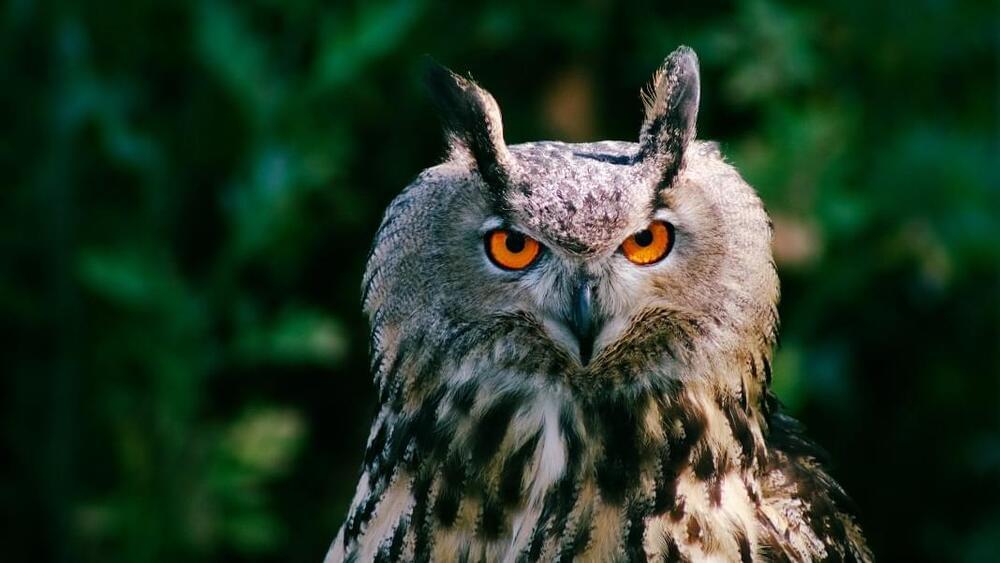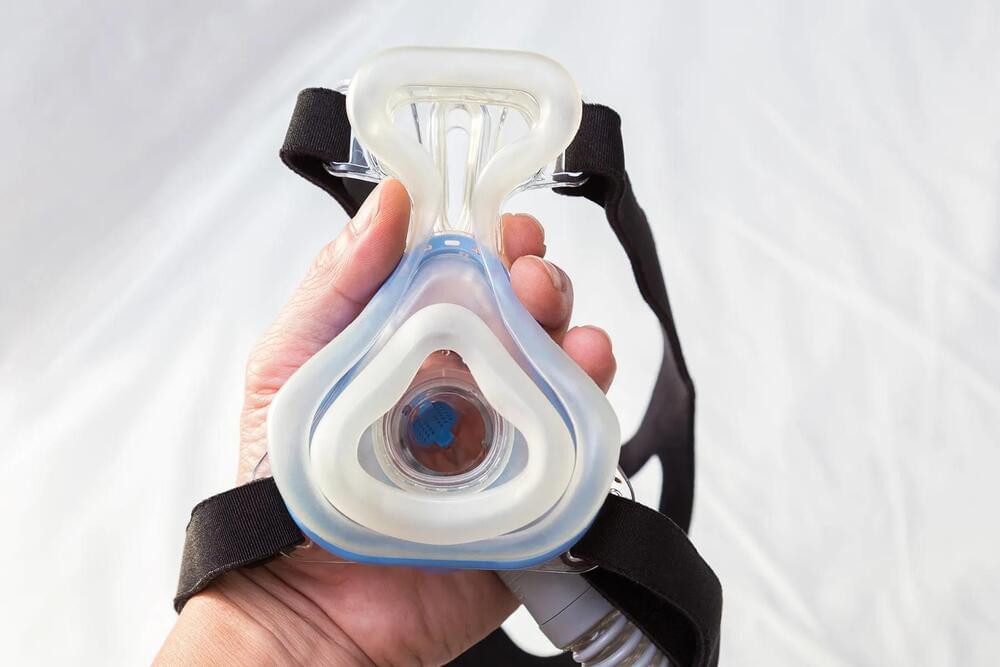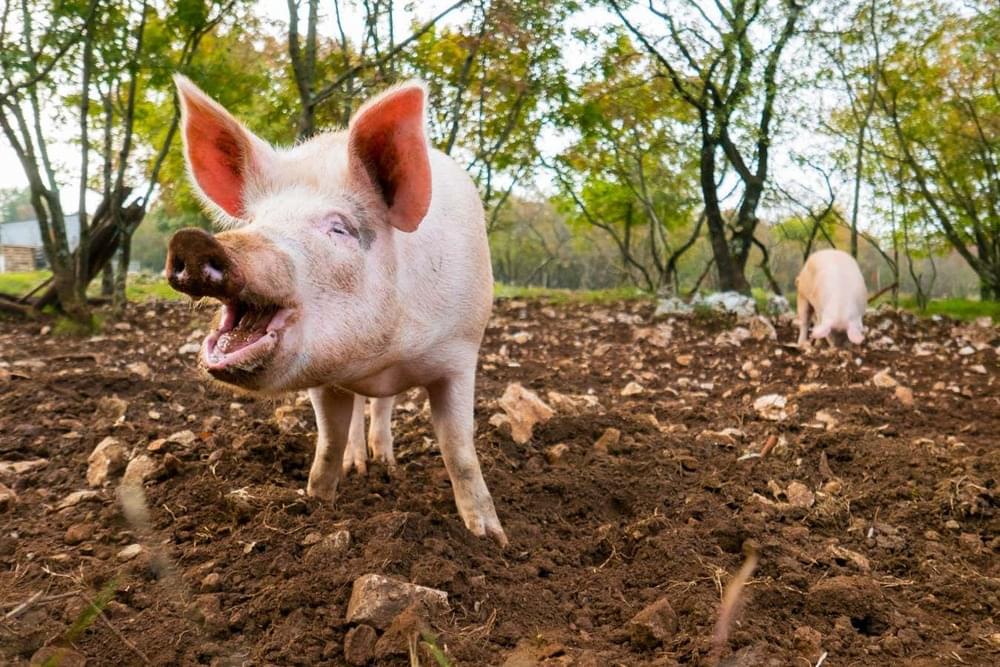In crisis, the nucleus calls antioxidant enzymes to the rescue. The nucleus being metabolically active is a profound paradigm shift with implications for cancer research.



Emmanuel Ramos is Chief Solutions Officer at OZ Digital Consulting.
As the landscape of technology continues to evolve, it is crucial for leaders in the industry to recognize that everyone plays a role in sales. The ability to sell ideas, products and services effectively has become an essential skill for success.
By delving into three key areas, this article will help you hone your selling skills and maximize their potential. First, we’ll discuss understanding the basics of sales and how they apply even when you’re not directly involved in a traditional sales role. We will then investigate how creating your own individualized sales abilities can bring about more beneficial results for both you and your organization.


The animal world is full of different types of intelligence, from the simple bodily coordination of jellyfish to the navigation abilities of bees, the complex songs of birds, and the imaginative symbolic thought of humans.
In an article published this week in Proceedings of the Royal Society B, we argue the evolution of all these kinds of animal intelligence has been shaped by just five major changes in the computational capacity of brains.
Each change was a major transitional point in the history of life that changed what types of intelligence could evolve.

VoiceSwap was designed by DJ Fresh and Nico Pellerin to help producers, artists and writers who don’t want to use their voice on songs use AI to transform their voice to sound like one of our featured artists.
Our featured artists are partners who benefit from the use of their AI model.
Transform your voice with AI. Made by artists, for artists.

Mark Zuckerberg isn’t particularly shy about copying a good idea when he sees one.
From cribbing Snapchat’s stories feature to cloning TikTok in the form of Instagram Reels, the Facebook co-founder has a long and well-documented history of being a copycat.
Zuckerberg’s latest not-quite-innovation comes in the form of Threads, an Instagram-based Twitter competitor.


We are finally figuring out the subtle ways that farm and zoo animals reveal their emotional states, from anxiety to optimism and even joy. The insights are also revealing some surprising ways we can improve their lives.
By Sam Wong

A pair of scientists has produced a research paper in less than an hour with the help of ChatGPT — a tool driven by artificial intelligence (AI) that can understand and generate human-like text. The article was fluent, insightful and presented in the expected structure for a scientific paper, but researchers say that there are many hurdles to overcome before the tool can be truly helpful.
By holding the chatbot’s hand at every step, researchers produced a paper that was fluent and insightful. Yet they still have concerns.
Many of us have images we want improved?
If you’ve ever wished your camera had a few more megapixels so you could zoom in on details on your computer screen, or blow up your favourite photos to print, Gigapixel AI might be just the solution.
If you’ve ever wanted to enlarge low megapixel photos or sharpen your ‘soft’ images, check out this extraordinary review of Topaz Gigapixel AI. Software | Software Reviews | Topaz | By Greg Cromie Twitter 24 Facebook 2 Pinterest Share 26SHARESIn this Topaz Gigapixel AI Review, I’ll be testing the claims of a photo enlargement software that promises to do things to your images that were previously considered impossible.